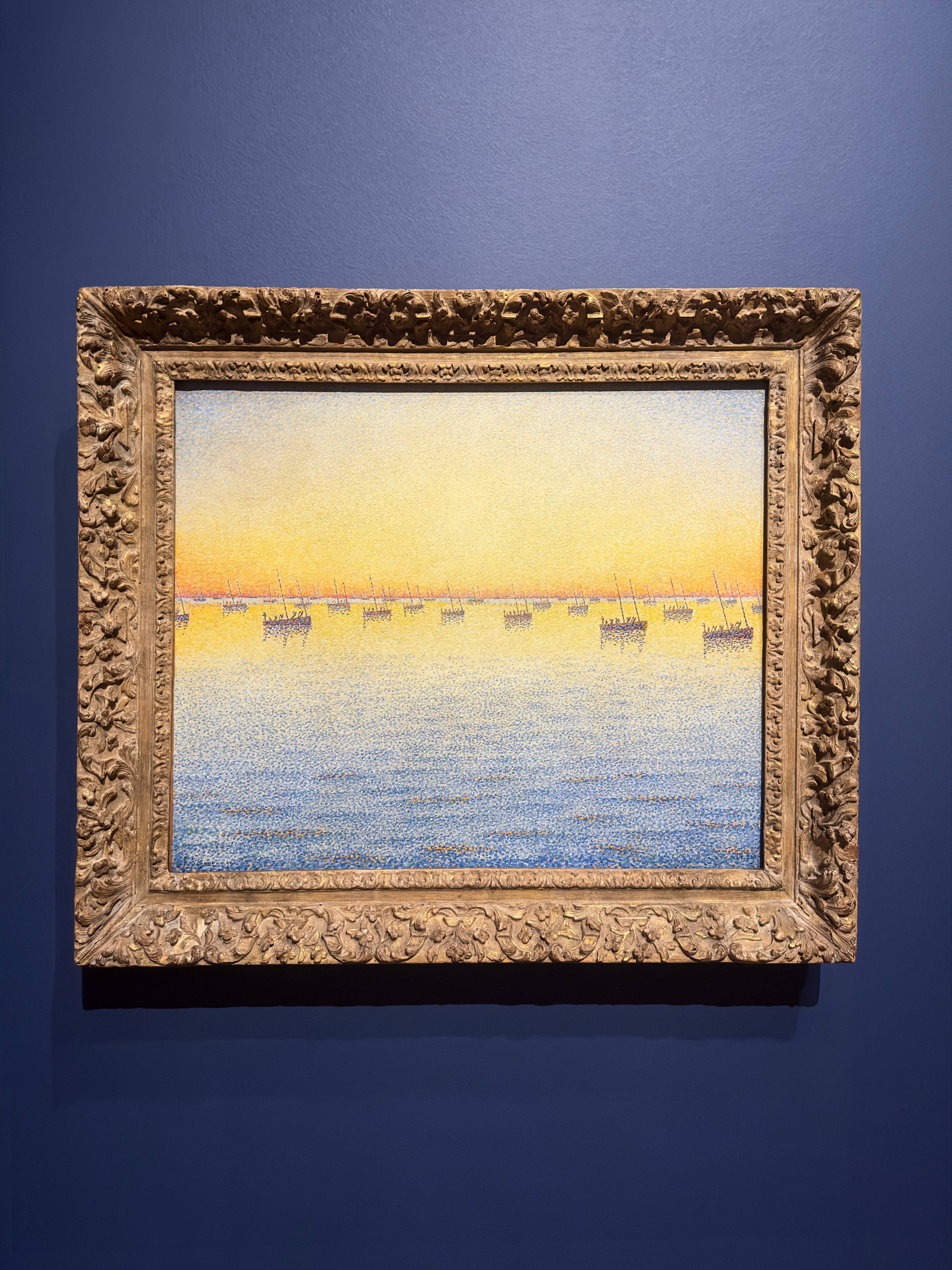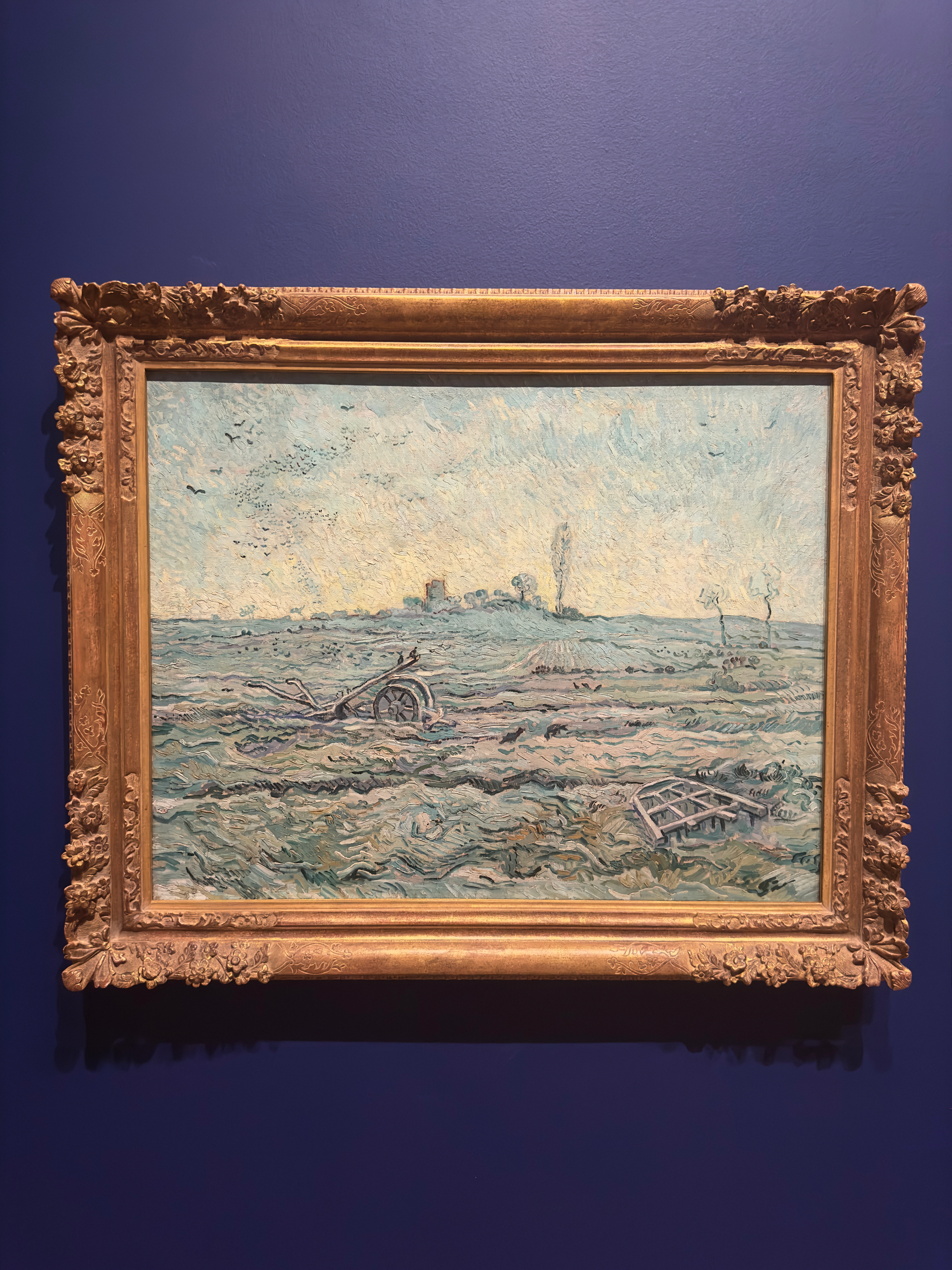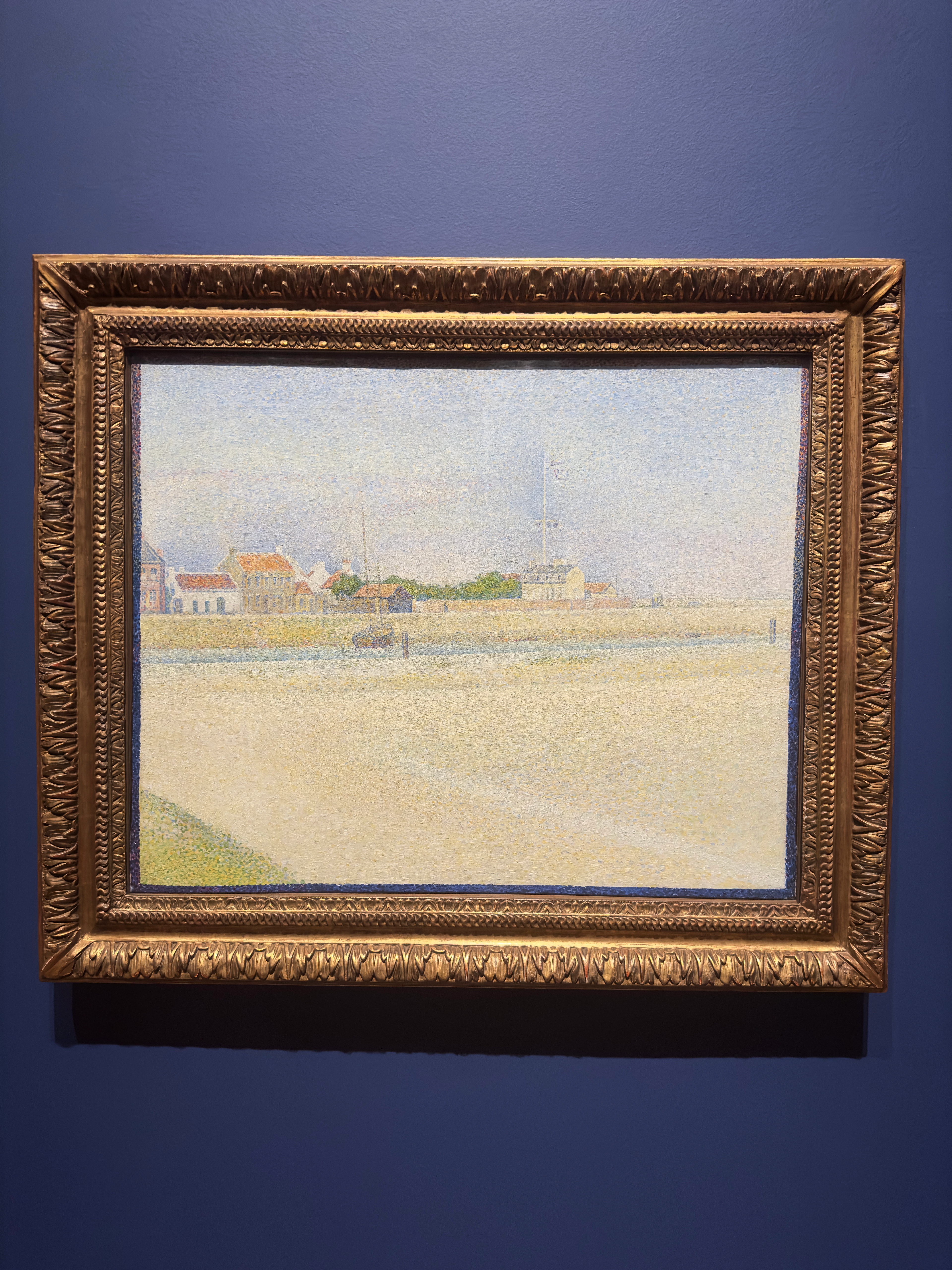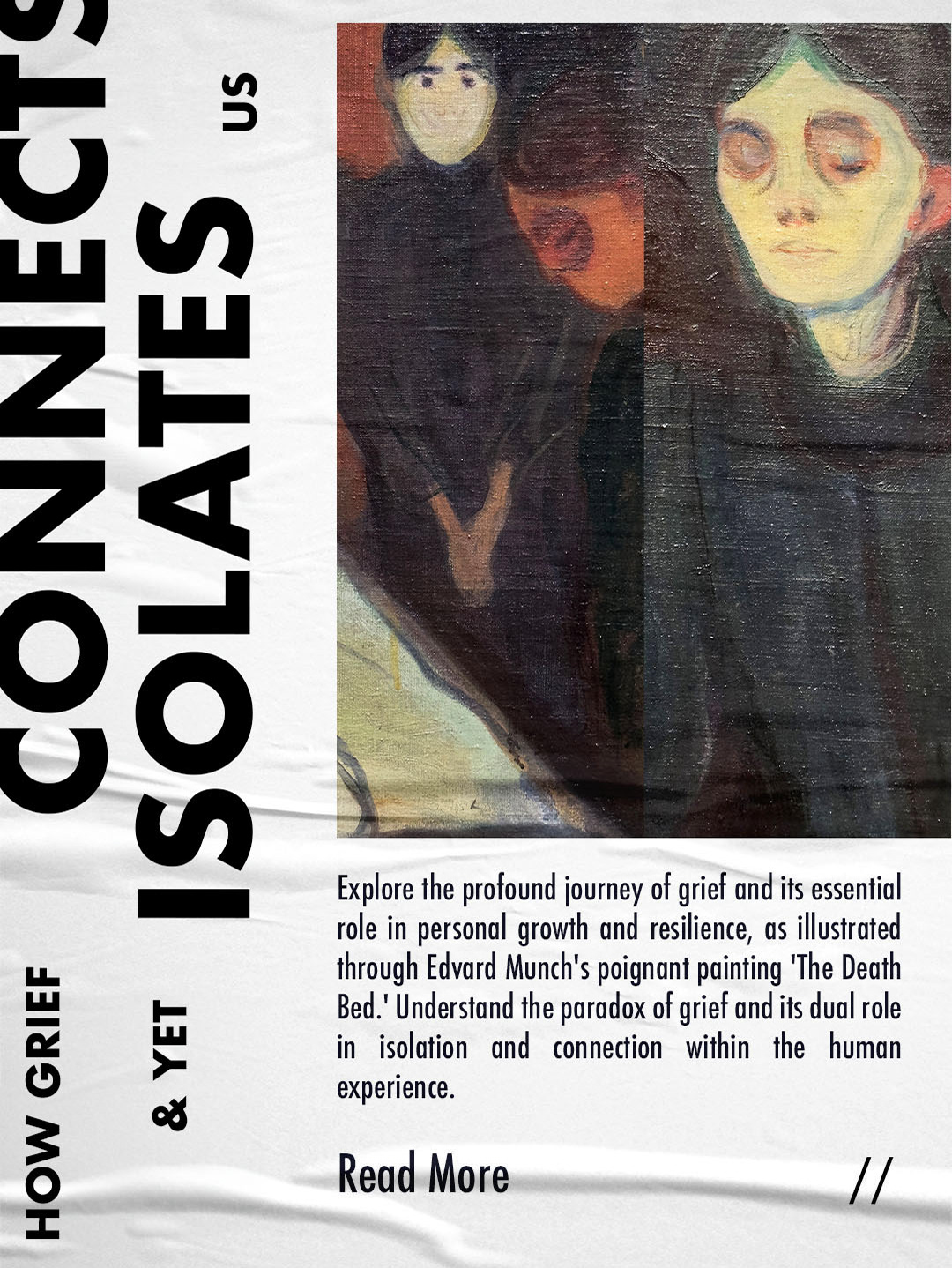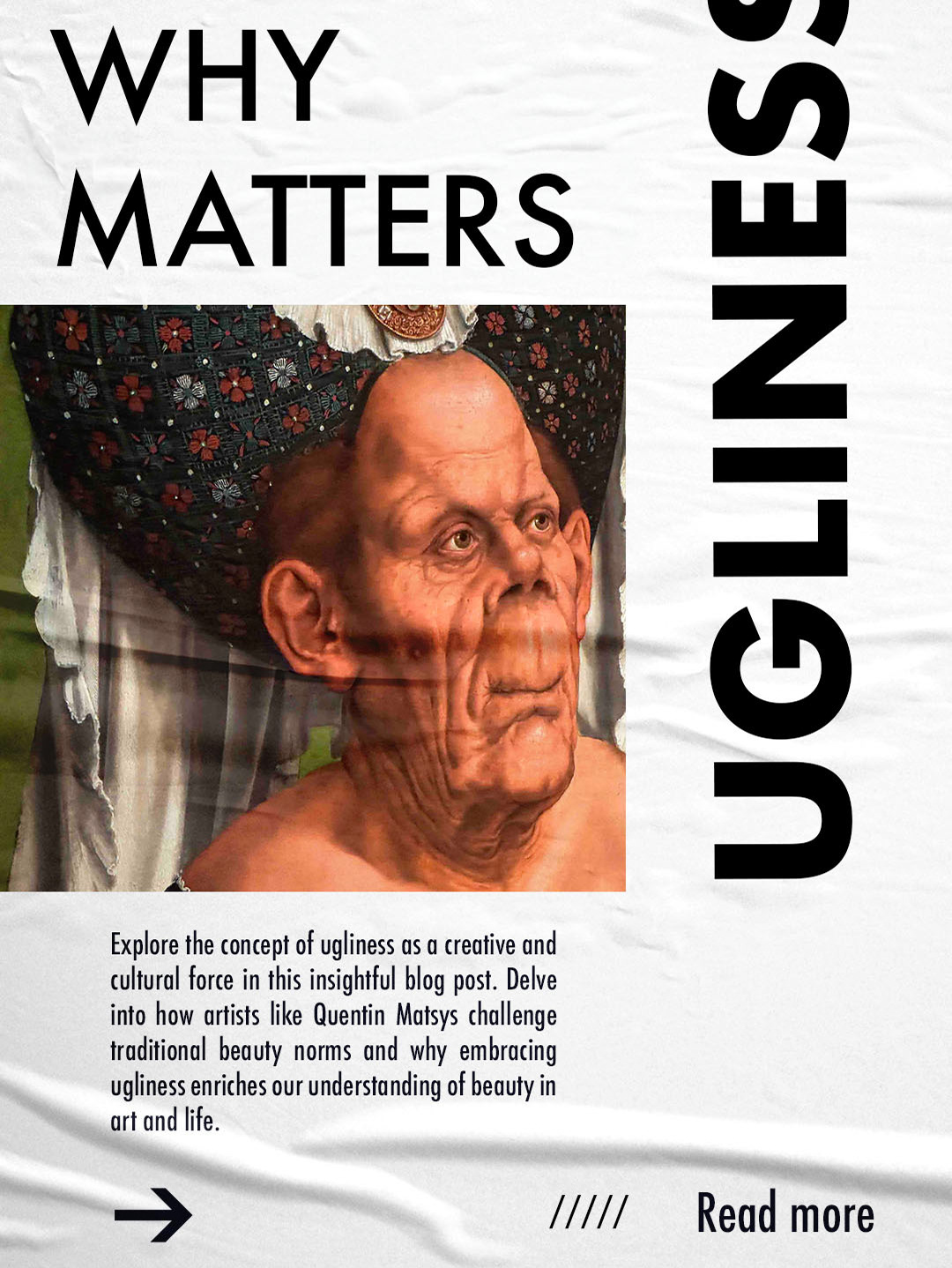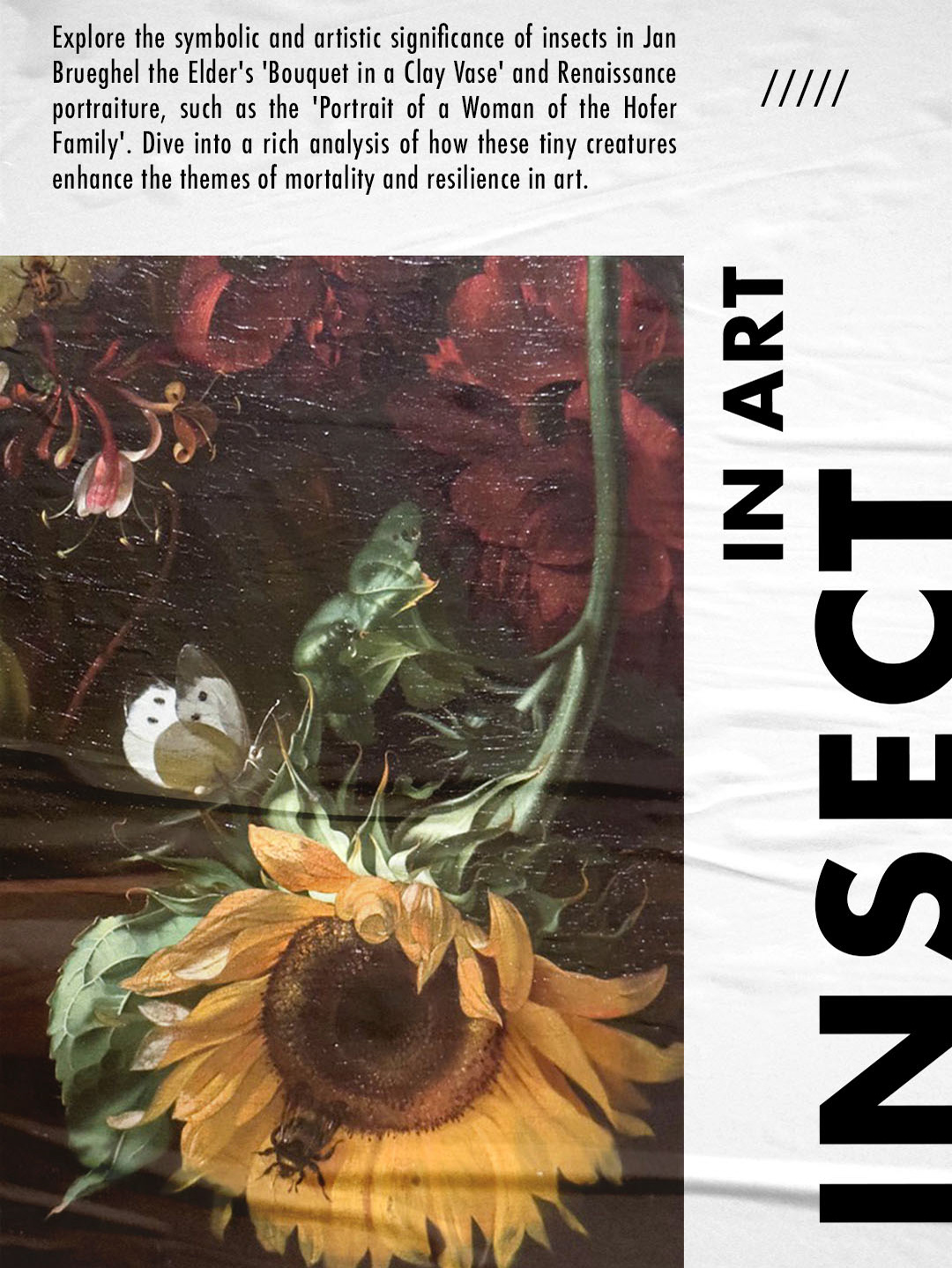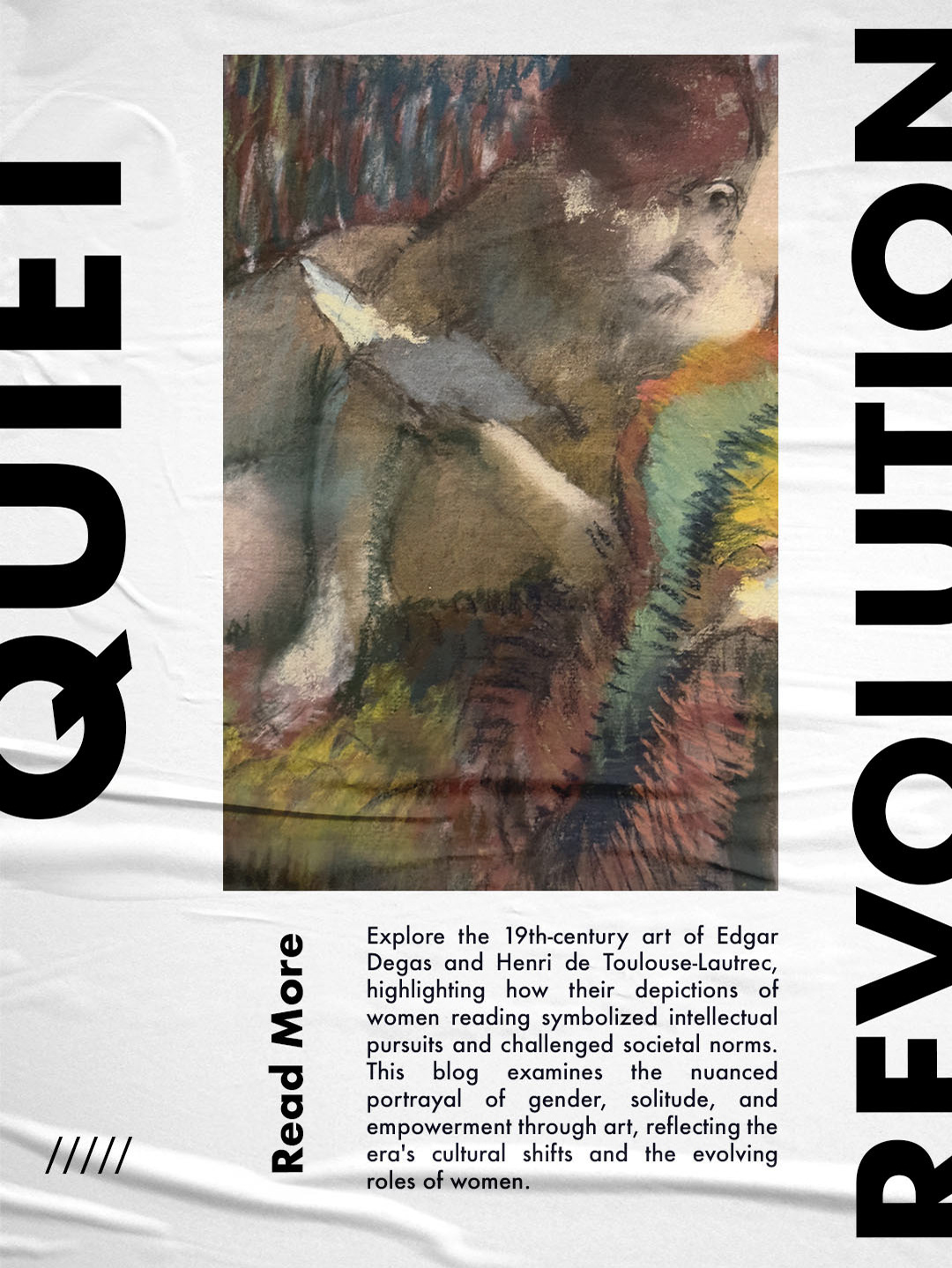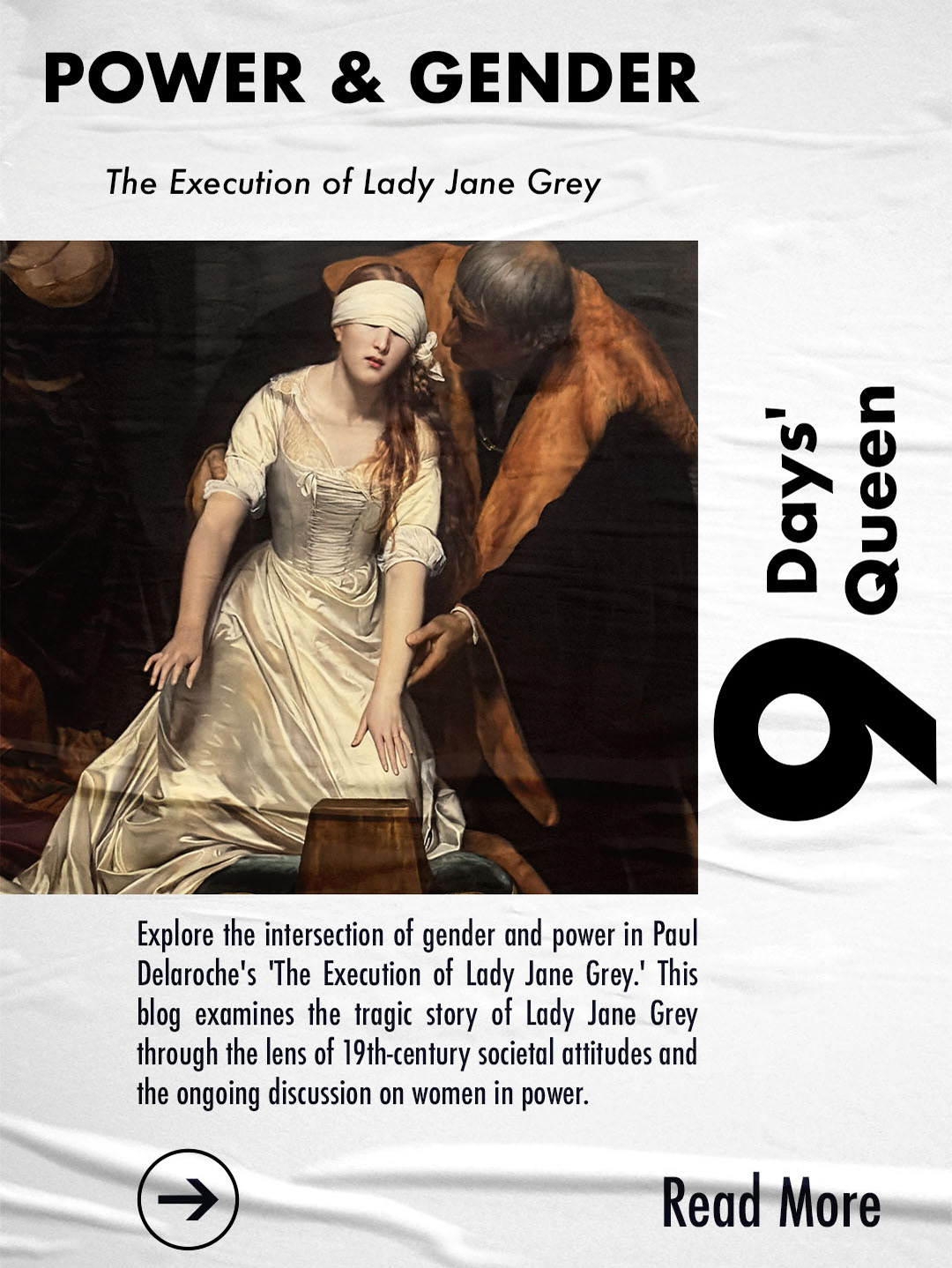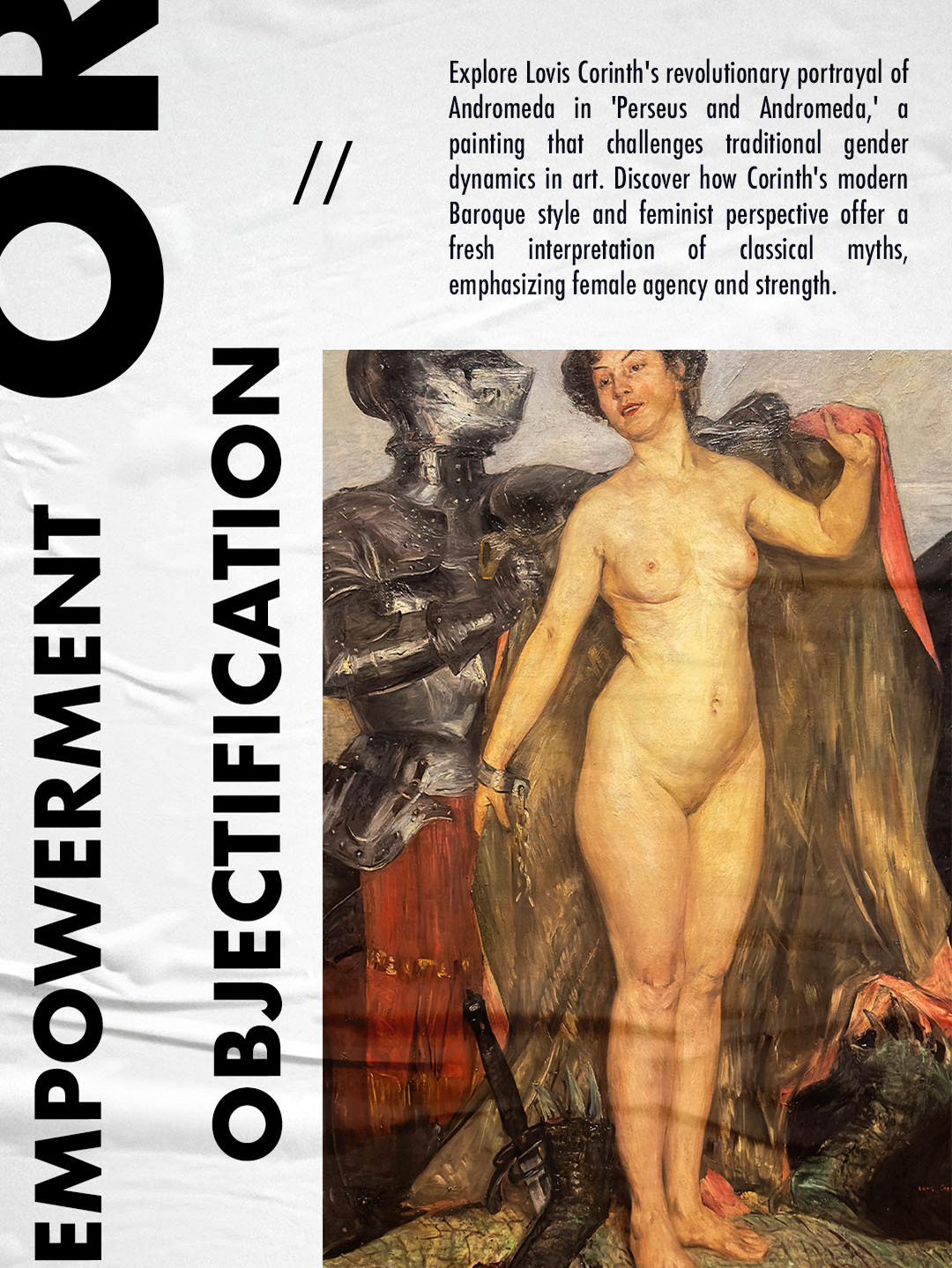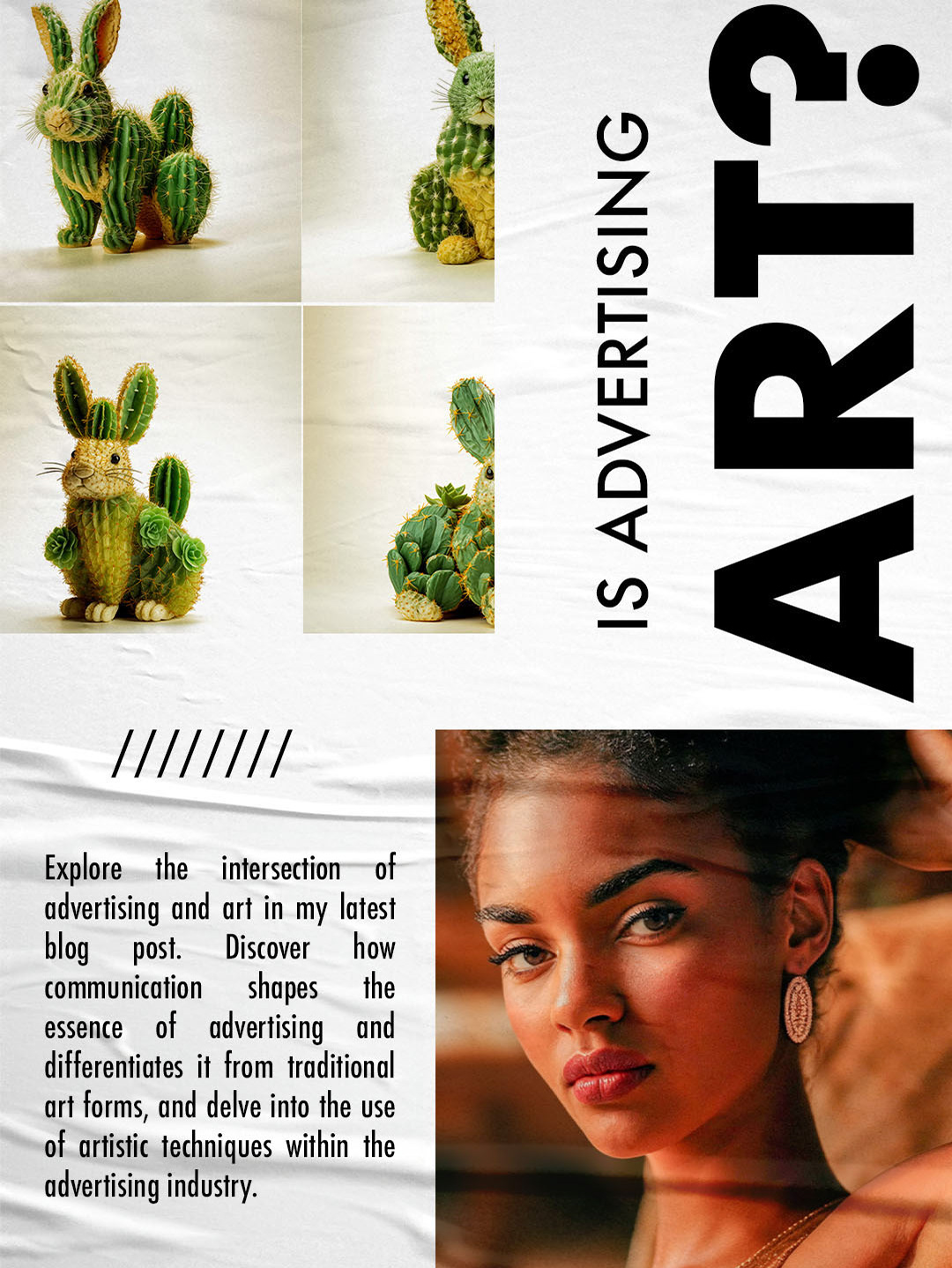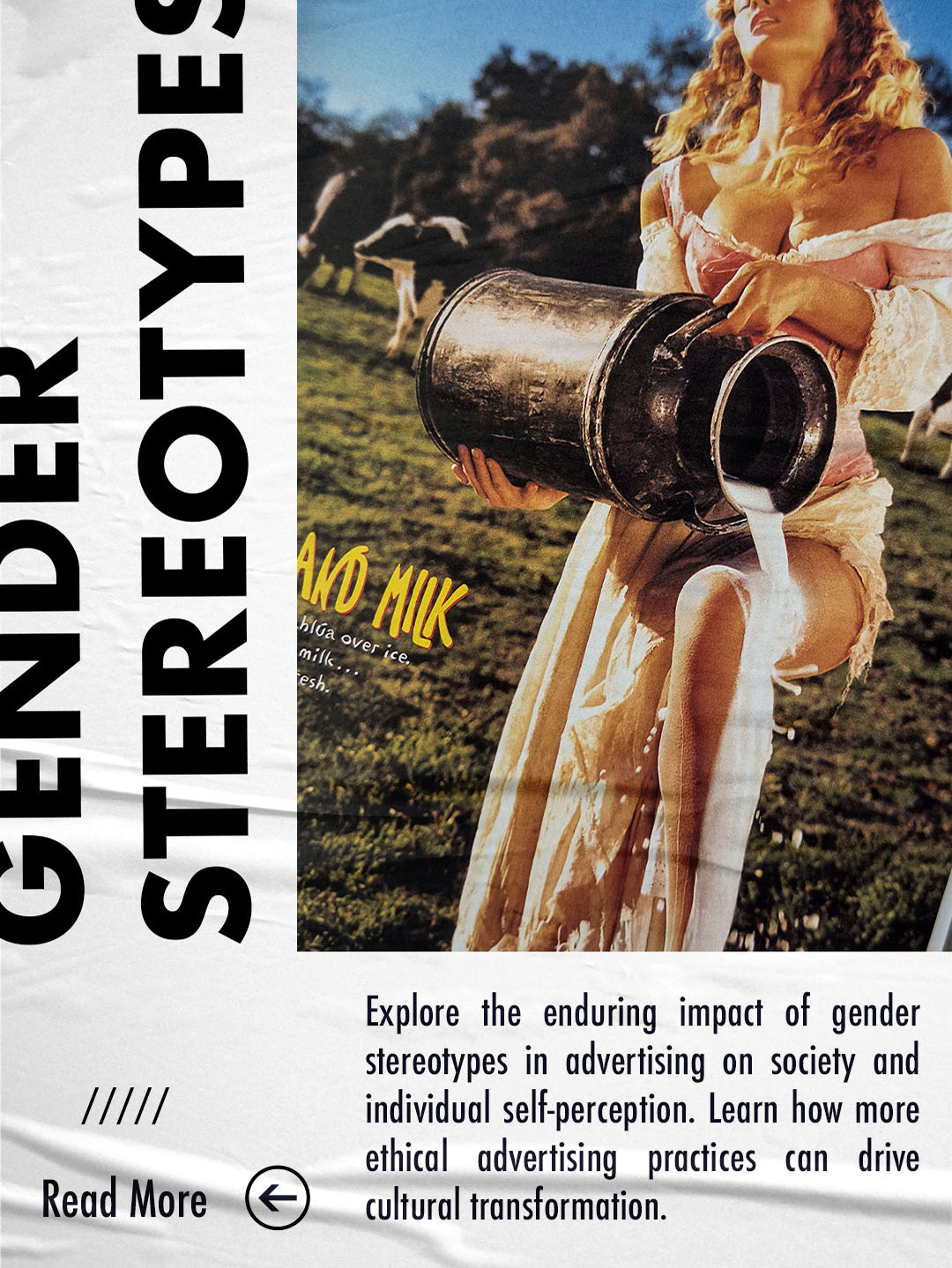The Risk of Oversimplification
However, the pursuit of simplicity in art must be handled with discernment to avoid the pitfalls of becoming overly simplistic. Artistic simplicity, when executed with skill and intention, invites viewers to engage deeply, prompting them to explore hidden layers of meaning and respond with their personal interpretations and emotions. This interaction is what enriches the viewer's experience and elevates the artwork beyond mere visual representation to become a conduit for profound communication.
In contrast, art that is oversimplified risks losing its impact and might be perceived as empty or incomplete. Such works may fail to spark the emotional or intellectual engagement that characterizes more thoughtfully simplified art. For example, if a minimalist artwork uses simple forms or colors without a clear intention or purposeful design, it can leave the audience feeling disconnected, as if the essence of the piece is inaccessible or non-existent. This kind of simplicity can result in a lack of emotional resonance, where the potential for viewers to connect and find personal significance in the art is diminished.
Therefore, it is crucial for both artists and audiences to develop a keen eye for distinguishing between simplicity that communicates depth and simplicity that is merely superficial. Artists need to be mindful of their creative choices, ensuring that each element, no matter how minimal, serves a deliberate and meaningful role in the overall composition. Similarly, viewers should approach minimalist art with a willingness to engage with the work on a deeper level, looking beyond the surface to uncover the emotions and ideas that might be expressed through basic forms and restrained palettes.
True artistic simplicity is about achieving balance—striking the right note between enough and too little, where the minimal elements used are potent and evocative. This balance requires a nuanced understanding of both the medium and the message, ensuring that the simplicity serves to enhance the expression, not detract from it. In this way, simplicity in art becomes a powerful tool, capable of delivering rich and nuanced expressions through a clear and uncluttered lens.
A Balanced Perspective on Artistic Expression
Simplicity and complexity in art represent distinct but equally powerful methods by which artists engage their audiences. These contrasting styles each bring unique strengths to the canvas, enriching the viewer's experience and broadening the spectrum of emotional and intellectual responses elicited by their work. For instance, the complex, detailed paintings of Hieronymus Bosch draw viewers into a densely populated visual narrative, where each element is laden with symbolism and each scene is a gateway to a new, intricate universe. This type of art demands active engagement and analytical thinking, inviting viewers to decode layers upon layers of meaning.
Conversely, the minimalist canvases of Agnes Martin or Paul Signac’s Setting Sun: Sardine Fishing utilize a different approach. These works employ geometric simplicity and a serene palette to create a space for contemplation and introspection. In Signac’s painting, for example, the rhythmic arrangement of colors and shapes across the canvas mirrors the tranquility of a setting sun over a calm sea, conveying a sense of peace and the passage of time through subtle, measured changes in hue and intensity. This simplicity does not overwhelm the viewer with information but instead offers a quiet moment to reflect—a meditative experience that is as profound as the complex worlds Bosch creates.
Both simplicity and complexity serve as vehicles for artistic expression, each with the capability to provoke thought and evoke emotion in distinct ways. While complex art can captivate and engage by presenting a puzzle to be solved, simple art can resonate deeply by providing a clear, focused point of emotional connection. These differing approaches demonstrate that in the realm of art, effectiveness is not contingent upon the quantity of visual elements but rather on how these elements are used to communicate with the audience.
This balance between simplicity and complexity highlights the versatility of artistic expression and underscores the notion that art is a dialogue—a conversation between the creator and the viewer that can be as loud or as subdued as necessary to convey its message. Both styles challenge the viewer in different ways: complexity asks to be unraveled, while simplicity asks to be pondered. Through these diverse methods, artists continue to explore the vast potential of visual language, proving that whether through a whisper or a shout, art retains the power to move and transform.
